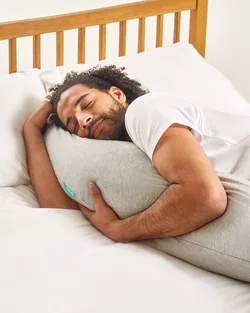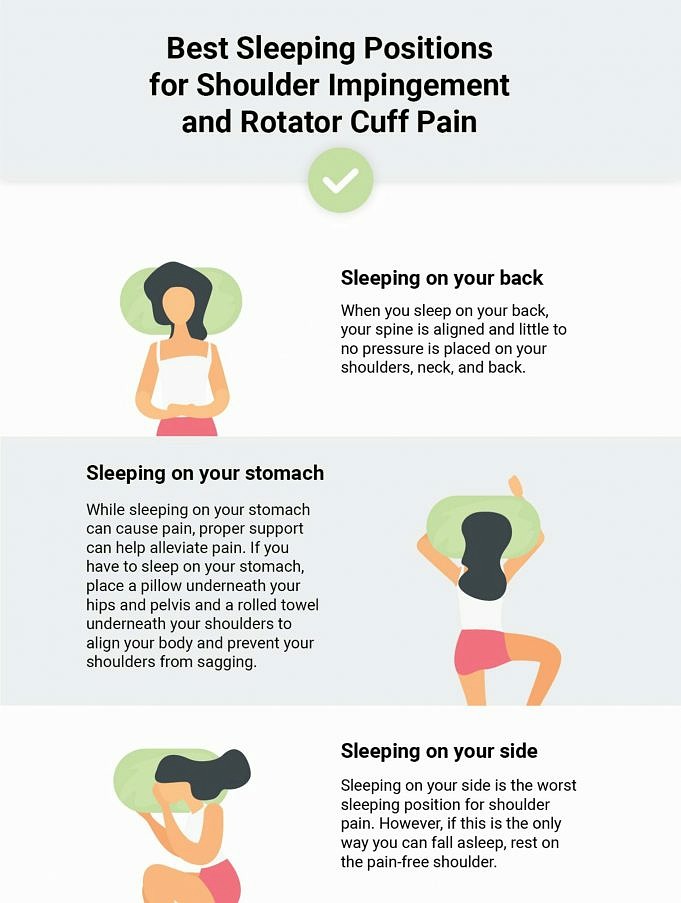Bursitis can cause sleep disruptions in people who suffer from it. We will briefly discuss bursitis, the most common types, and how it can impact sleep. Finally, well look at some tips from medical experts for sleeping better with bursitis. Keep in mind that we arent medical experts; please speak with your healthcare provider regarding any medical questions you may have.
About Bursitis
Bursitis is a disease that begins in the bodys bursae. The US National Library of Medicine refers to bursae as tiny fluid-filled sacs that serve as a cushion between bones and moving parts such as tendons, muscles, and skin. There are more than 140 bursae in the human body.
Research shows that bursitis sufferers are mostly men aged between 18 and 88. The most common age range is 40-60. According to a 2011 article in the American Academy of Orthopaedic Surgeons, bursitis is a common cause of musculoskeletal pain, particularly at the knee, elbow, hip, and heel. In addition, the study notes that most cases of bursitis can be treated without surgery.
Northern Illinois Foot & Ankle Specialists Dr. Patrick McEneaney told me that bursitis can be caused by repetitive activities such as kneeling, hands on knees, and leaning on the elbows. Folks with jobs that require these tasks should be especially careful of developing bursitis.
Different Types Of Bursitis
Elbow Bursitis
According to a 2014 study published in Shoulder and Elbow, elbow bursitis (also known as olecranon or olecranon) is characterised by inflammation. Researchers also stated that elbow bursitis is often caused by minor, repetitive trauma.
Dr. McEneaney says that bursitis is a condition that causes swelling in a specific area. People often don’t take it seriously. If you have been experiencing pain in your elbow for more than a month, McEneney suggests that you consult your doctor.
Knee Bursitis
Also known as prepatellar bursitis, knee bursitis can be quite painful. According to the Indian Journal of Radiology and Imaging article, knee bursitis is characterized by pain and swelling around the kneecap and can also be caused by repeated or prolonged kneeling.
International Orthopaedics published a 2011 study that found that people can develop knee bursitis in those who do a lot of kneeling such as housecleaners and carpet layer.
Patellar Tendon Bursitis
This type of bursitis is also referred to as pes anserine bursitis. According to the National Library of Medicine, some causes of patellar tendon bursitis include obesity, overuse, or direct trauma. This type of bursitis can often be accompanied by pain in the inner knee. It can also be exacerbated by sitting up straight, crossing your legs, or going upstairs.
Hip Bursitis
Also known as trochanteric bursitis, hip bursitis is characterized by chronic hip pain, and it can often be a recurring problem, as a 2011 study in the Clinical Journal of Sport Medicine explains. The study also notes that nonoperative treatments often work with this type of bursitis. These treatments include weight loss, activity modification and nonsteroidal anti-inflammatory medication. Physical therapy is also an option.
Heel Bursitis
Retrocalcaneal Bursitis is another name for this type of bursitis. The American Academy of Orthopaedic Surgeons study talks about the pain associated with this condition, which the researchers attribute to overuse. The study also mentions that heel bursitis is typically found in runners, and it can limit the sufferers use of their heel. Dr. McEneney states that bursitis most commonly forms in the heel.
Tips For Sleeping With Bursitis
Bursitis causes pain, so its understandable that it could disrupt the sleep of sufferers. In Arthritis Care and Research, a 2012 study found that people with hip pain (such hip bursitis), were more likely than those without pain to interrupt their sleep. Dr. McEneaney acknowledges that the quality of your sleep can be affected by bursitis.
While bursitis may present sleep issues, there are ways to improve your quality of rest. To find out more, I consulted medical experts and notable medical references.
Try A Cooling System Or A Heating Pad
I spoke with Nurse James Cobb of The Dream Recovery System about some ways folks with bursitis can sleep better. He says that you should determine if heat or cool makes you feel better before choosing either a bed-cooling system or a non-magnetic-field-producing heating pad.
If you decide to treat your bursitis through cooling, he notes that youll need to build up a tolerance for it. He said that you should not overdo it as it can cause discomfort and disrupt your sleep.
Brace Bursitis areas: Stretch, Strengthen and Compress
The National Institutes of Health (NIH) recommends engaging in gentle stretching and strengthening exercises areas of bursitis. The NIH also suggests applying compression to the affected area. According to the NIH another option is to place a brace, splint or band on the affected area to relieve the pain.
Use A Soft Mattress Or A Body Pillow

If youre experiencing aches and pains as a result of bursitis, consider using a soft mattress. A soft mattress that provides pressure relief and support should be the right choice for you. Nurse Cobb also recommends placing a small body pillow between your knees for more comfortable rest. Dr. McEneaney recommends that people with bursitis at the heel or elbow should avoid sleeping on those areas.
Relax And Elevate The Problem Areas
The NIH recommends resting the areas affected by bursitis. Dr. McEneaney concurs, stating that icing, along with resting, can help. The NIH also says that elevating the bursitis-affected area may help.
Use Anti-Inflammatory Remedies
Dr. McEneaney recommends rubbing an anti-inflammatory gel on the problematic areas or taking oral anti-inflammatory medicines. He recommends that you keep your bursitis under control by avoiding any oral medication, such as sleeping pills.
Drain The Bursae
While you should consult your doctor before draining the bursae, it may be beneficial. Dr. McEneaney suggests that you drain the bursae if you have heel pain.
You can do this by inserting a needle into the bursae, and then pulling out the fluid. He also suggests that you inject the bursae using cortisone to aid in drainage. Lastly, he says that in worst case scenarios, the bursae can be removed surgically.
Last Word From Sleepopolis
We hope that you found some helpful information to help you and your loved ones sleep better while suffering from this condition. Resting, cooling, stretching, and taking anti-inflammatories are just some of the ways you can soothe your bursitis at night. Please remember that were not medical experts, so be sure to consult your healthcare provider with any health-related questions.
Refer To
- Bursitis. The US National Library of Medicine.
- Baumbach, S. et al. Baumbach, S. et al. Archives of Orthopaedic and Trauma Surgery. Dec 5, 2013.
- Aaron, D. et al. Four Common Types of Bursitis: Diagnosis and Management. American Academy of Orthopaedic Surgeons. Jun 2011.
- Blackwell, J. Olecranon bursitis: a systematic overview. Shoulder & Elbow. July 2014.
- Chatra, P.
Bursae around the knee joints.
Indian Journal of Radiology and Imaging. 2012.



